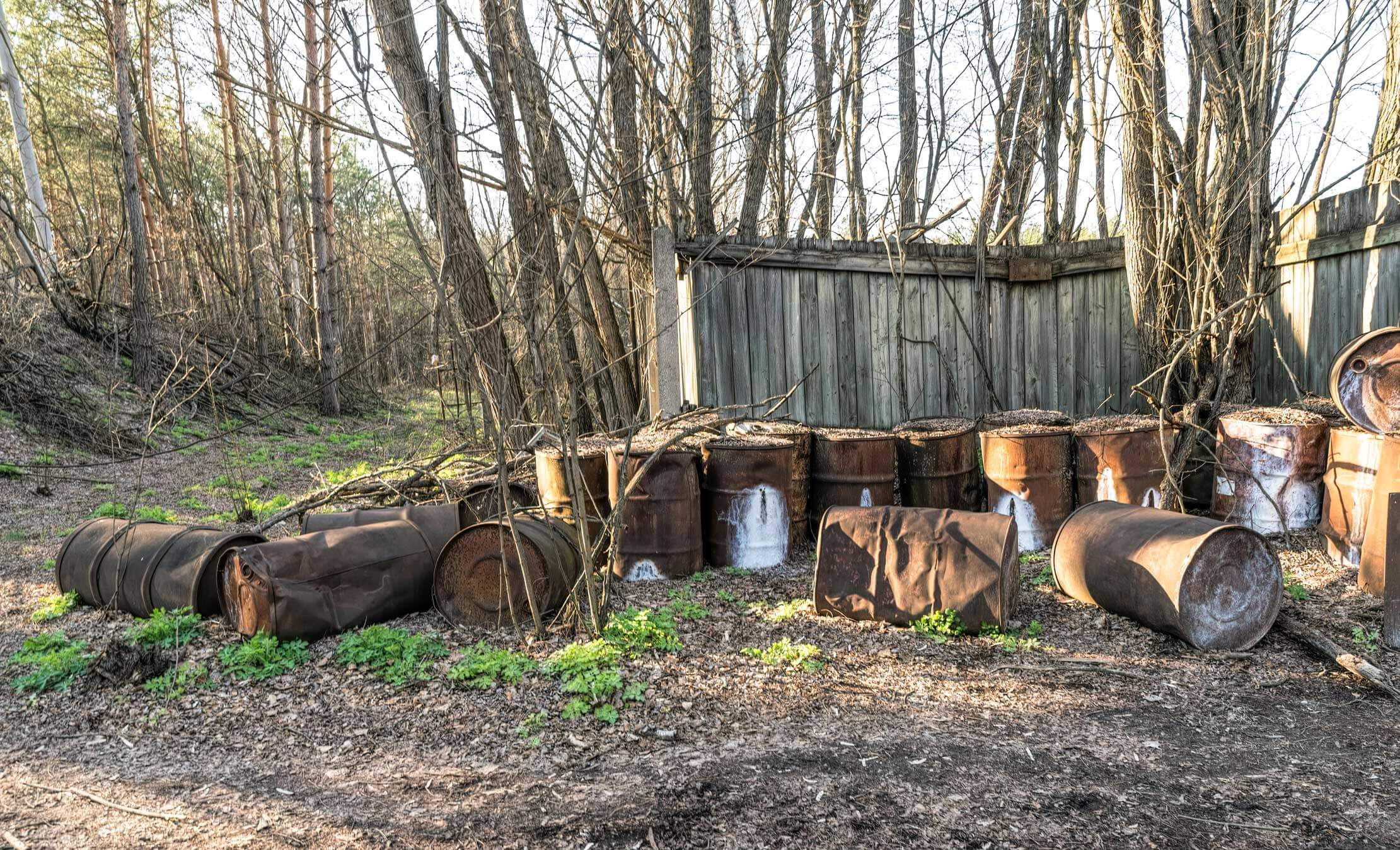Environmental due diligence is an essential first step to protect landowners from environmental liabilities. From localized property acquisitions to community-wide redevelopment initiatives, Downstream Strategies’ environmental due diligence practice sets the foundation for a successful project. We have provided environmental due diligence services to a wide range of commercial, nonprofit, and government clients. Our thorough approach focuses on our client’s individual needs, and our reliability keeps them coming back.
Environmental Site Assessments, or ESAs, provide landowners with liability protections when acquiring a property. Environmental issues that may be found include, for example, the historical use of the property to store or use petroleum or other hazardous substances. We look for evidence of aboveground storage tanks, underground storage tanks, electrical transformers, industrial-sized drums, floor drains, and chemical storage. Additionally, we piece together the history and past use of a property. Through historical resources and interviews, we can determine whether a property has ever been used as a gasoline filling station, dry cleaner, auto repair shop, photo development lab, or machine shop. These examples are just a few of the numerous uses that would spark further investigation for environmental concerns.
A Phase I ESA is the first step of any real estate transaction for a commercial or Brownfield property when a commercial client or an organization is taking ownership of the property. It is a very specific process, approved by the U.S. Environmental Protection Agency, to fulfill what is known as “All Appropriate Inquiries.” This process enables environmental professionals to evaluate properties for environmental hazards and potential liabilities.
This process allows us, as environmental professionals, to visit properties, review historical and regulatory records, and conduct interviews to evaluate properties for the presence of recognized environmental conditions (RECs). A REC is defined in the ASTM (2021) standard as “(1) the presence of hazardous substances or petroleum products in, on, or at the subject property due to a release to the environment; (2) the likely presence of hazardous substances or petroleum products in, on, or at the subject property due to a release or likely release to the environment; or (3) the presence of hazardous substances or petroleum products in, on, or at the subject property under conditions that pose a material threat of a future release to the environment.”
If a REC is discovered, it must be documented within the Phase I ESA report before someone takes ownership of the property. Depending on the planned use of the property, a Phase II ESA may be required to further investigate the RECs. Phase II ESAs are deeper investigations of a property that commonly include environmental sampling such as groundwater, surface water, and/or soil sampling to confirm or deny the presence of suspected contaminants.
Phase I ESAs are commonly known for Brownfields redevelopment projects; however, commercial clients seeking real estate–related lending often require ESAs. Most banks require these assessments to reduce the risk of funding a property transaction that could be impacted by environmental issues.
Many people and businesses may not know that they need an ESA, and they may move forward without one. Purchasing a property without a proper ESA is risky because once you purchase the property, you assume any environmental liabilities that may come along with it.
For more information on our Environmental Due Diligence services, including Phase I or Phase II ESAs, contact Kendra Hatcher at (304) 292-2450 or fill out the contact form on our site.

